A square wooden box, simple, yet it holds much nostalgia with sake lovers.
The sake masu has certainly undergone an extraordinary journey over the years. It has transformed from a humble measuring tool to being a drinking vessel at ceremonial events, and an inspiration for chefs, patissiers, and high-end cocktail makers all over the world.
Dating back more than 1300 years ago, the sake masu was traditionally used as a measuring cup for rice, which had been a form of currency back then. One masu could hold “1 Go” which is the equivalent of 180 ml. It is the reason why sake generally comes in bottles of 720ml, which is 4 Go or the large Isshobin bottle containing 1.8L.
Sake masu were originally produced in Nagoya in Aichi Prefecture thanks to a wide growth of the Kiso Hinoki Cypress in the area. However, due to a shortage of craftsmen at the time, many workers from the neighbouring Gifu prefecture were employed temporarily. One of these craftsmen returned to his hometown of Ogaki, after completing his employment and started to produce a small amount of masu there too. After much damage was done in Nagoya in the Pacific War, production was completely shifted to Ogaki. Hence why Ogaki has become the center of masu production in Japan these days – producing about 80% of all masu. So chances are, the masu you are sipping some delicious sake from hails from Ogaki – the masu capital of Japan.
There is one more reason why the masu has remained so prevalent in Japanese culture and that is because it is seen as a sign of good fortune.
Japanese people love to have a play on words as one word can often have more than one meaning. And it just so happens that the pronunciation of “masu” is the same as the verb “to increase” or “to grow”. It is believed that drinking from a masu will increase your luck, which is one reason why traditionally it is often used at special events or celebrations.
Gone are the days of measuring rice, as these days the sake masu has transformed into modern-day dishware. Innovative craftsmen and artists have reinvented this humble wooden box into something more unique and adventurous. Designs such as the brand Aderia’s “Edo Neko”, inspired by ukiyo-e artist Utagawa Kuniyoshi showcases a humorous twist and of course, Japan’s loving relationship with its fellow feline friend.
Furthermore, it has also inspired chefs, patissiers, and cocktail makers all over the world. They serve their creations in a sake masu to add not just style, but also texture and fragrance. So don’t be surprised to see your matcha tiramisu being served in a sake masu. It is sure to be a feast for the eyes and your tastebuds!
Ultimately, the sake masu’s main purpose is still to serve as a vessel for holding and drinking sake.
The texture and natural fragrance of a wooden sake masu plays a big part in selecting a sake to enjoy. It is important to understand that the residue of its wooden life will inevitably transfer a slight woody fragrance to whatever you fill your masu with. It is why “Taruzake” – sake that was stored in cedar barrels and served at celebrations – is the perfect match.
Also, being made of cedar or hinoki cypress, this wooden cup lends itself to go better with a dry sake, especially when served at room temperature or slightly chilled. However, serving a premium style ginjo or daiginjo in a sake masu might be slightly off-point as these sake generally have very light flavors and subtle aromas that could be easily overpowered by the masu’s woody scent.
One thing is for sure, using a wooden masu will give any sake a twist. So make sure to give it a try if you can!



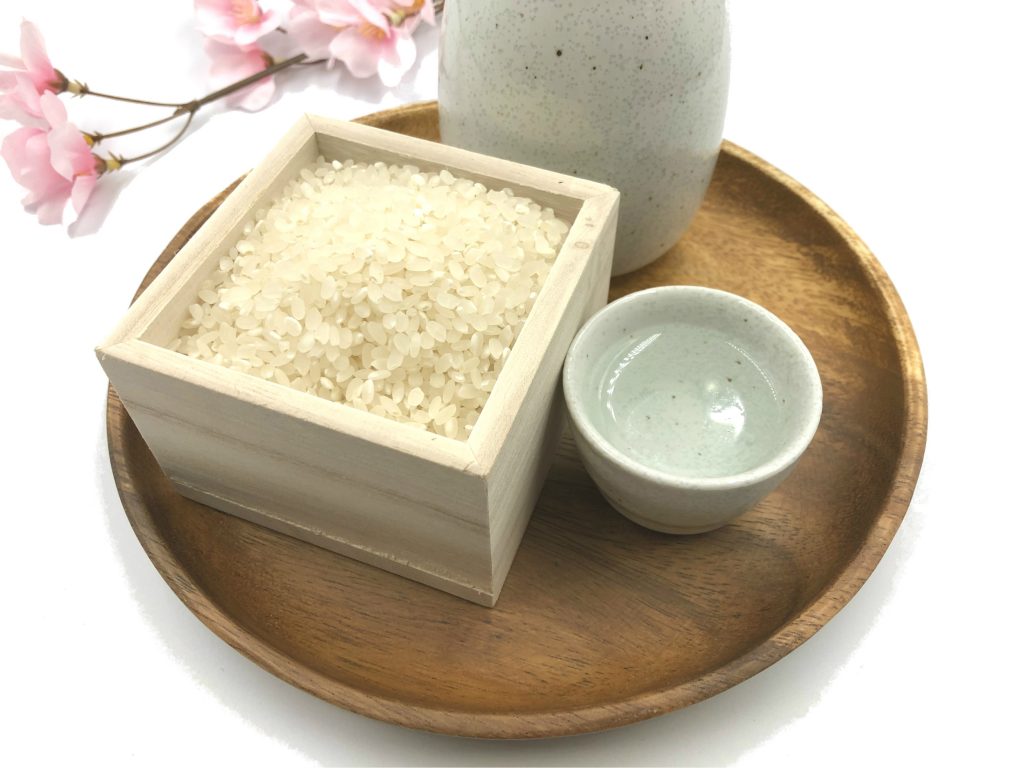
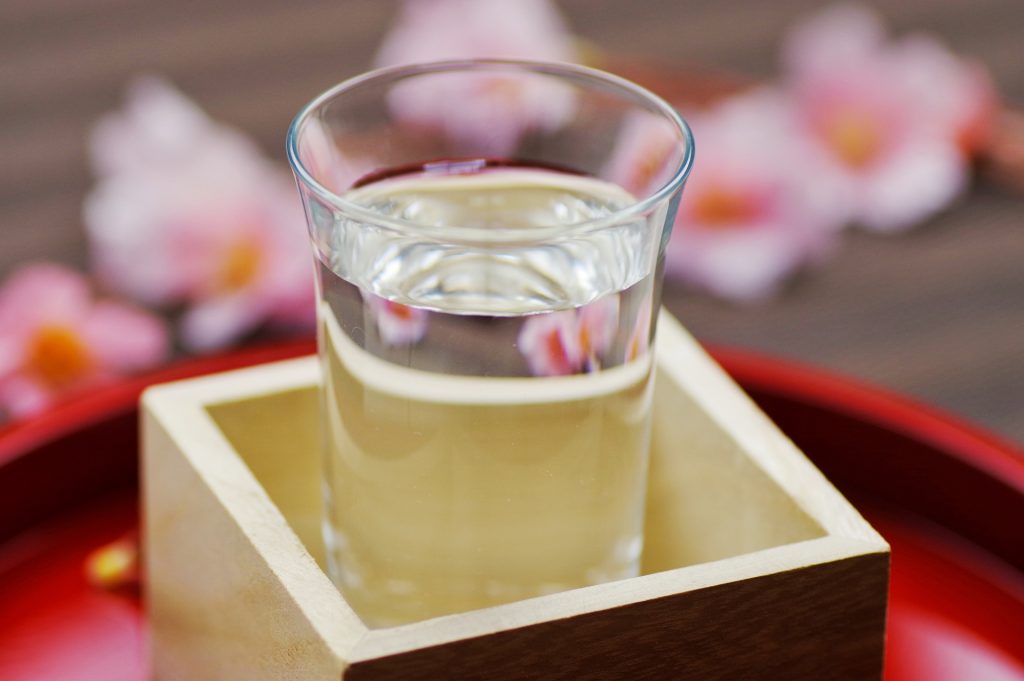

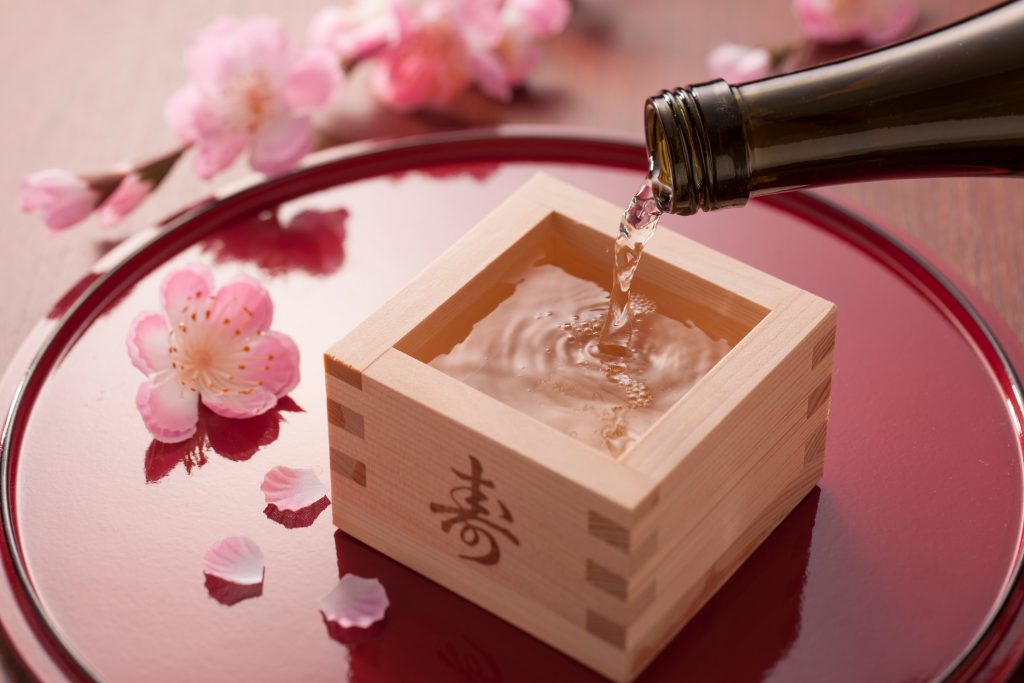
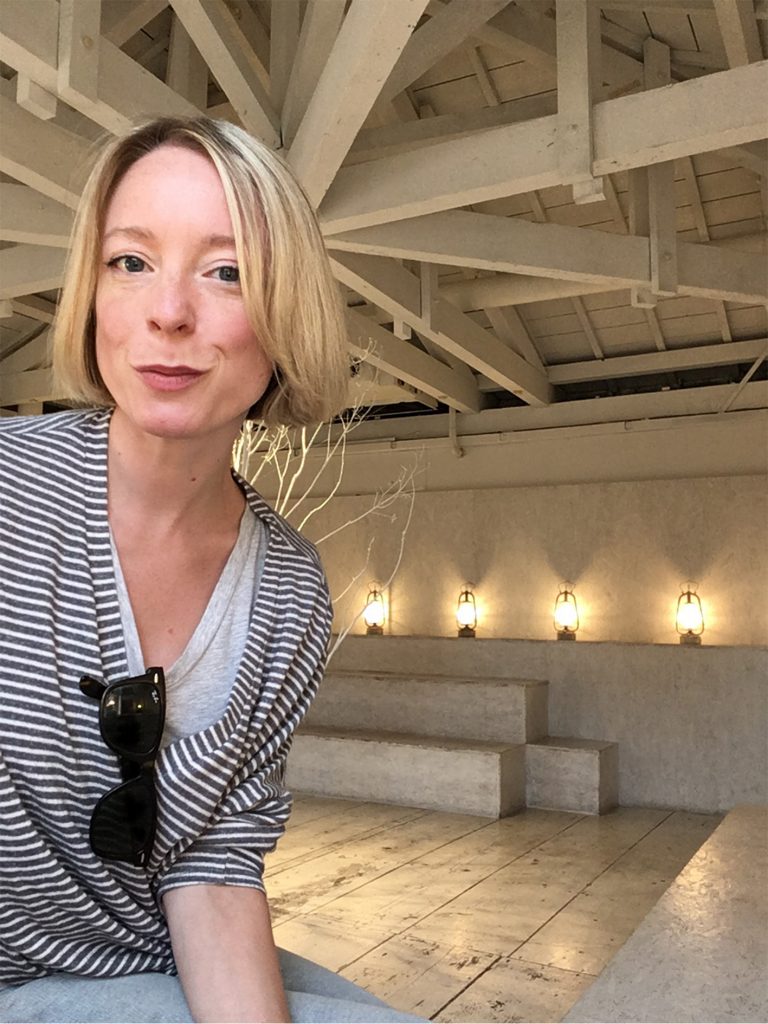

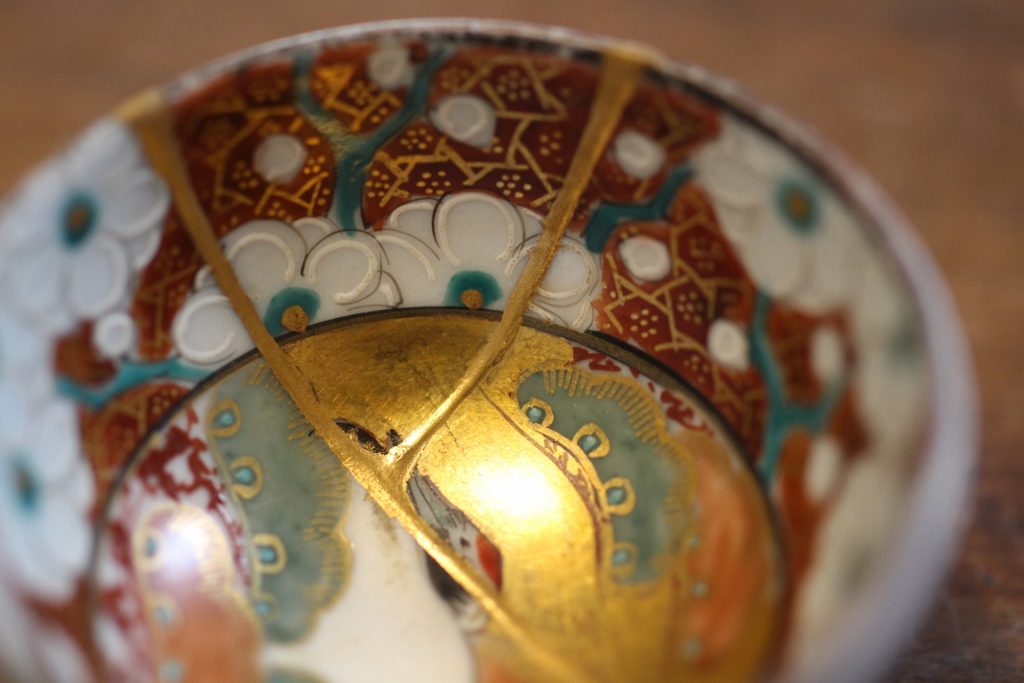
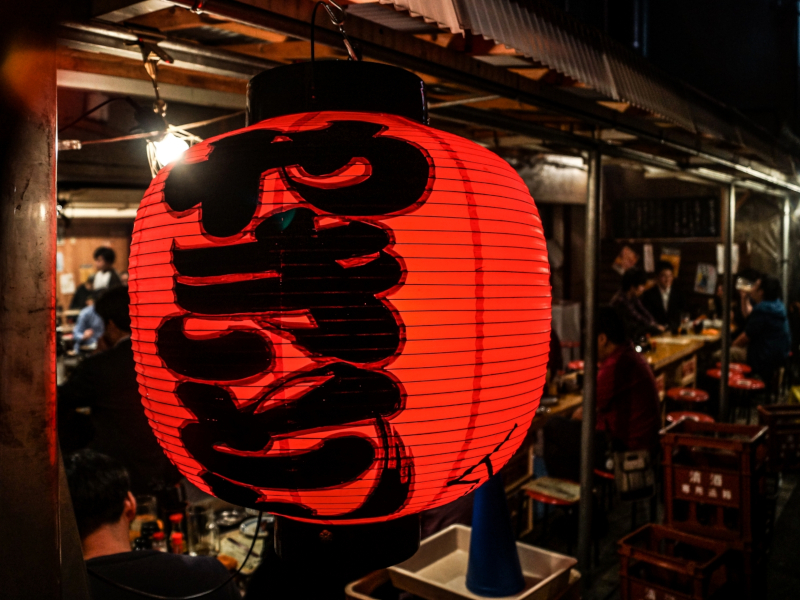
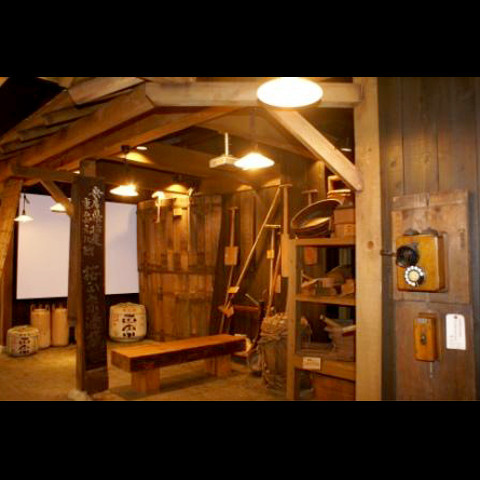
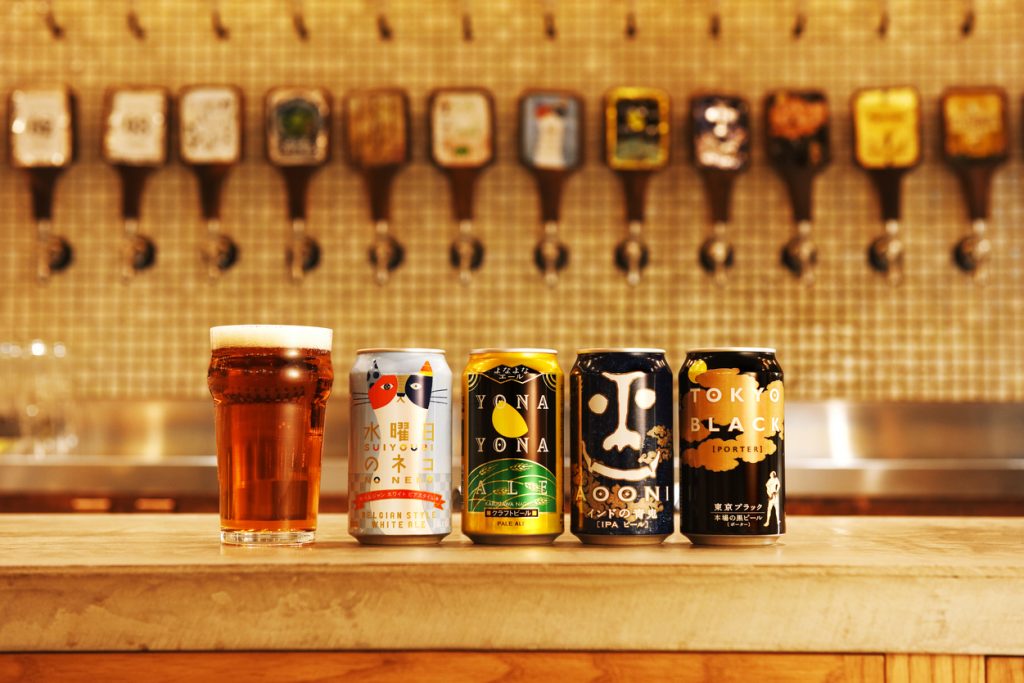
Cindy is a Tokyo based content creator and certified Sake Sommelier. Her goal is to share her obsession for Japan, teach you about Sake and show you the local hidden treasures that she finds on her travels.